
I declare independence from Apple
Since December 1998, when on impulse I bought the original iMac from CompUSA, I've used Apple gear. No longer. Late yesterday, I replaced the last fruit-logo with another, fulfilling my pledge nearly a month ago to boycott Apple. I wanted to declare independence sooner, but with so much news to write about in June and Google I/O last week, researching and replacing the AirPort base station was too much trouble. But it's offline now -- and, along with Apple TV, going on Craigslist today.
Circumstances since choosing to boycott make me all the more adamant. Last week, US District Judge Lucy Koh issued two preliminary injunctions against Samsung devices -- Galaxy Tab 10.1 and Galaxy Nexus. Yesterday she denied Samsung's request to stay the ban pending appeal. Anticipating Nexus' similar fate, Google swiftly responded by pulling the phone from its online store and dispatching an update to existing phones. I chose to boycott being so angry by Apple's aggressive patent bullying that thwarts competition and takes away consumer choice. Today, I celebrate America's independence anniversary by gaining freedom from Apple.

Outlook Configuration Analyzer 2.0 adds 75 new rules
Microsoft has released Outlook Configuration Analyzer 2.0, an excellent tool for troubleshooting a host of common Outlook 2007/ 2010 issues.
As before, the program works by scanning your current Outlook setup and looking for known problems (file sizes, DLL versions, missing updates, whatever it might be). But this release adds 75 new rules, helping it to detect more issues than ever before.
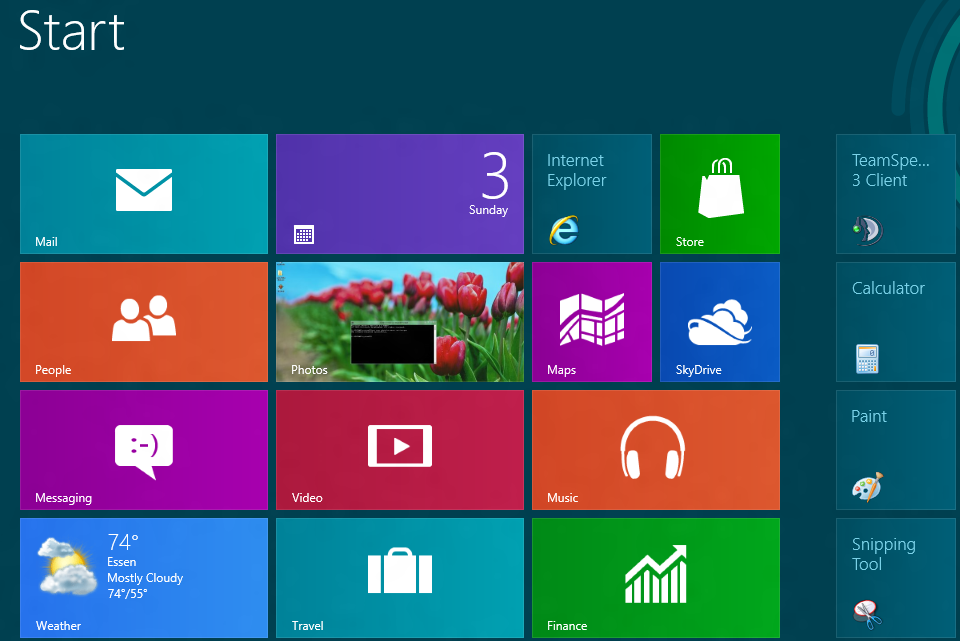
Four things you REALLY need to know about Windows 8 upgrades
Two days ago, Microsoft revealed that it would run an upgrade promotion in most markets that would allow Windows customers to buy a downloadable upgrade to Windows 8 Pro for $39.99. Joe Wilcox asks if $40 is too much to pay for Windows 8 and current results show that customer opinion is split in half. About 43 percent of all users who participated in the poll stated that they would upgrade for the price, while roughly 42 percent stated they would not.
However, respondents are missing crucial information, because the original announcement at Blogging Windows fails to address certain upgrade-related aspects that Windows customers need to make an educated decision. One requirement will shock many Windows users.
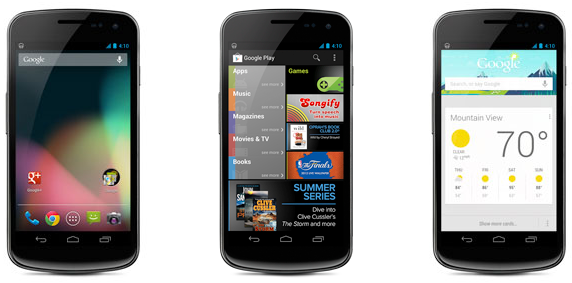
Google sends wrong update to Galaxy Nexus
Let me see if I understand this. Google, the company that perfected web search and through it changed the lives of billions of people, must disable the local functonality from its flagship smartphone -- all because of Apple? Now do you see why about a month ago I boycotted Apple and last week called the preliminary injunction against Galaxy Nexus shameful?
Watch out. This is one Android update you don't want to accept. I asked my wife this morning: "Do you use local search on your phone?" She has Galaxy Nexus. My lovely looked up with a startled WTF looked and answered: "Yeah". Of course she uses local search on her phone. Who doesn't? You. If you own Galaxy Nexus and accept the update. It's the wrong one for Google to send out. The search giant should dispatch Android 4.1, which if, I understand correctly, changes search so that Apple's bully patent doesn't apply. C`mon, Google, you can do better.

Mozilla brings a knife to a gun fight, and Firefox OS can't win
Mozilla is the nonprofit organization that gave the world the first true rival to Microsoft Internet Explorer. Firefox is the second-most used web browser in the world today and because of it the way we surf the Internet has changed dramatically.
Their success was in part based on the lack of competitors. Firefox started gaining share when there was no one else around. Opera didn’t capitalize on this, but Firefox did. Their goal to penetrate the most difficult market has been achieved and it’s their desire to enter the mobile operating system world as well. Is this going to be tougher than the browser market? Considering that they haven’t yet released Firefox OS the answer is a very loud and clear: yes!

Micron swoops in to save Elpida, becomes top-tier supplier
Micron set itself up to be the world's top tablet and mobile memory supplier after announcing its intent to purchase Elpida on Monday. Apple is one of Elpida's biggest customers, and its chips are found in devices and Macs throughout its product line.
Micron will pay Elpida creditors $2.5 billion to settle any claims, and will pay Elpida $750 million to purchase its assets. Another $1.75 billion is to be paid through 2019 in installment payments for foundry services to be provided by Elpida to Micron, which will now operate as a Micron subsidiary.
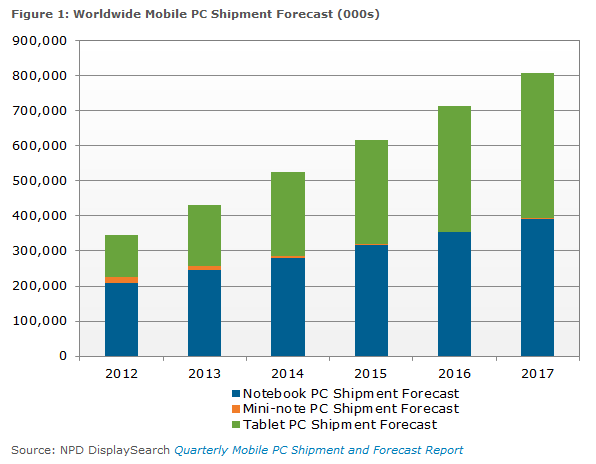
If this were 2016, you'd be reading this story on a tablet
Tablets are the hottest computing devices right now, and thanks to the likes of Google Nexus 7 and Microsoft Surface, they’re only going to gain in popularity. In fact, the latest NPD DisplaySearch Quarterly Mobile PC Shipment and Forecast Report has them on target to surpass notebook shipments by 2016. Not too shabby for a platform that didn’t even really exist before the original iPad launched in April 2010.
The total number of mobile PC shipments for 2012 is estimated at 347 million units, with tablets accounting for around 121 million of those. Notebooks are forecast at 208 million units, with mini-note PCs (netbooks) making up the remaining 18 million shipments.

Android phones automatically connect to Wi-Fi hotspsots with new platform
Last week, the Wi-Fi Alliance announced a certification program that assures devices will be able to seamlessly hand off their mobile data connection to a Wi-Fi connection and vice-versa. This program is called Wi-Fi certified Passpoint, and it was defined by service providers who desperately need a way to ease traffic on their congested mobile broadband networks. With devices that can automatically pair and connect over Wi-Fi, mobile networks can spare themselves some traffic.
The first devices certified in the the Passpoint test bed included: Access points from BelAir, Broadcom, Cisco, Ruckus Wireless, XSpan, and Qualcomm, as well as chips from Intel and Marvell. Included in the announcement last week was MediaTek's Hotspot 2.0 Client V1, which today the company said is the first (and only) smartphone system-on-a-chip to be involved in the project, and it's for mid- and entry-level dual-SIM Android devices.
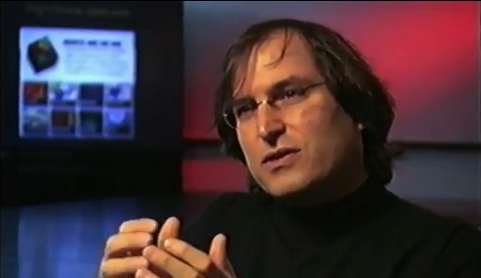
Apple doesn't want you to know my film, 'Steve Jobs -- The Lost Interview', is on iTunes
My little film about Steve Jobs has finally made it to iTunes (YouTube as well!) as a $3.99 rental, but you wouldn’t know it. Deeming the film “too controversial,” Apple has it on the site but they aren’t promoting it and won’t. The topic is “too sensitive” you see. It isn’t even listed in the iTunes new releases. You have to search for it. But it’s there.
Maybe I’m not even supposed to tell you.

Does your PC have touchscreen display? You need Microsoft Touch Pack for Windows 7
Windows 8 may be the time when touchscreen technology finally comes of age in relation to laptops and desktops, but much of the groundwork is already present in the current version of Windows. Purchase a touchscreen display now and you’ll find Windows 7 is more than capable of letting you control it via your fingertips.
Microsoft didn’t do an awful lot to push touchscreens in Windows 7, however. One thing it has provided, though, is a collection of tools and games that showcases the touch interface. If you have a touchscreen display and you’re running Windows 7, you need the aptly titled Microsoft Touch Pack for Windows 7.
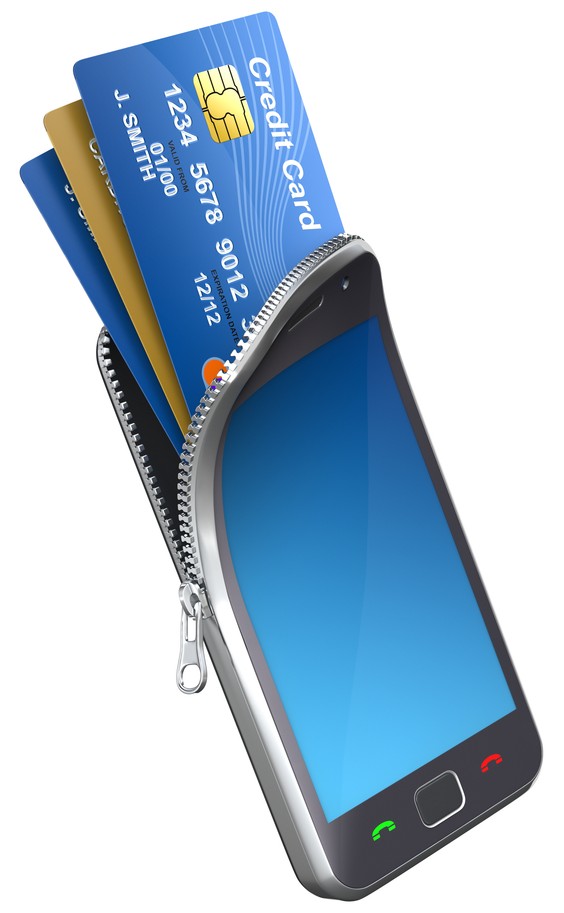
Mobile payments are coming to Europe
Credit and debit cards haven’t evolved much since their introduction. The principle behind any payment card is the same now as it was 50 years ago. You pay with a plastic card, which is the opposite of technology evolution. It’s something that’s a given in our lives: we can’t live without one. But can we?
The residents of the old Continent, Europe, are still reluctant to let go of cash, as 57 percent of all purchases are still paid the old fashioned way. Credit cards can’t change that, and it looks like nothing can that’s already on the market. The solution to this problem? An entirely new technology, near field communications.

ShareMeNot protects your privacy from prying social networks
Most people who have used the Internet for any length of time are only too aware that websites are able to track their online activities by using cookies. This information is incredibly useful to advertisers, but there are steps you can take to help protect yourself. With the ever increasing popularity of social networks there is a new breed of tracking in the form of Like buttons -- and this is something that ShareMeNot can tackle.
There are very few Internet users who do not have a Facebook account, but there are numerous other social networks such as Google+, LinkedIn and many more. Many of these have their own site integration buttons that you have no doubt seen adorning the pages of many sites you visit -- they will give visitors the options of "Liking the current page on Facebook, or sharing it via some other means.
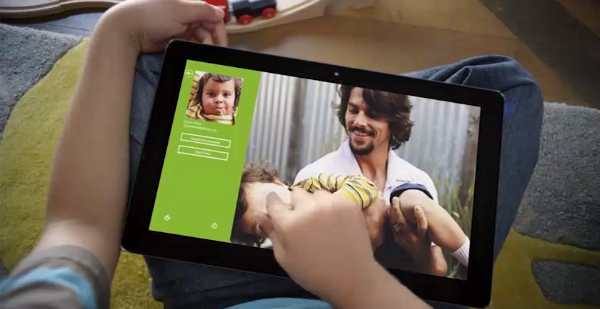
Is $40 too much to pay for Windows 8?
I've wondered for months exactly how much Microsoft would charge consumers to upgrade to its newest operating system. Starting with Snow Leopard, Apple slashed 100 bucks off the price of OS X, and the next version -- soon-to-release Mountain Lion costs even less: $19.99. With Apple so lowering the price-to-value proposition, could Microsoft continue to charge so much?
Yesterday, the software giant answered by offering, for a limited time, a seemingly attractive upgrade price for Windows 8 Professional: $39.99. The pricing, available only through January 31 from when Windows 8 is available, applies to all versions back to XP -- and it's a big discount: Windows 7 Home Edition upgrade lists for $119.99 and Pro for $199.99, although street prices tend to be $30 and $50 less, respectively. Still, Apple has set a major operating's value much lower and the benefit to customers much higher.

Do you miss the C Prompt? Try Take Command 14
JP Software has released Take Command 14, a powerful alternative to the regular Windows command prompt. And now it’s more powerful still, courtesy of some useful additions to the program’s scripting language.
The new TPIPE command, for instance, allows you to filter, convert and process text in a variety of ways. You can convert files to and from Unicode, for instance; convert the end-of-line type; use Grep-type line-based filters, and run a search and replace filter on a file.
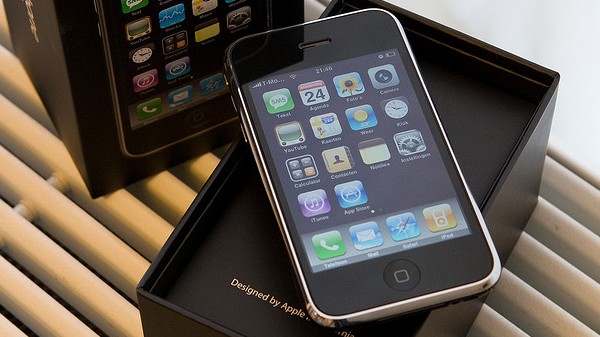
My first great smartphone: Jailbroken iPhone 3G
Fifth in a series. To commemorate iPhone's fifth-anniversary, we present several stories looking at its debut and colorful history -- so far.
I remember my first smartphone -- Sony Ericsson W950i. It had no camera, but a touchscreen (you probably don't know how horrible touchscreens were before the iPhone) and ran Symbian 9.1. I got all this and a 2.6-inch display. It sounded great at the time, but wasn't enough. Before iPhone, I didn't think much of smartphones. They didn't feel special, with the OS being a big reason why. I didn't much like Symbian, and Windows Mobile was a miniaturized Windows, which didn't do it any favors.